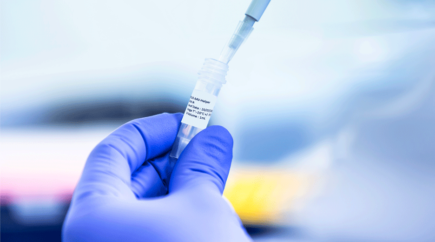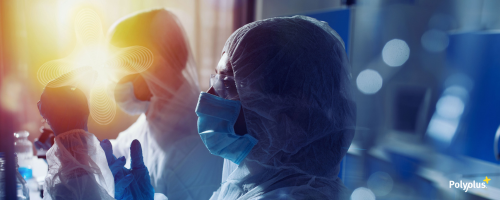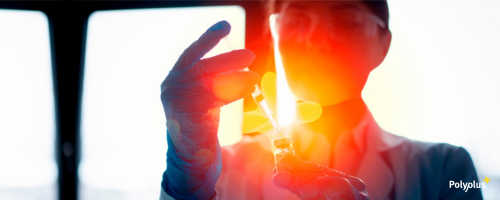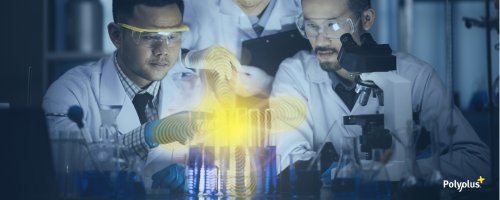pPLUS® AAV-Helper is a novel helper plasmid designed for AAV production. This plasmid has been optimized for triple transfection of HEK293 cells in s...

Meet Polyplus at booth #307 during the BPI Europe in Vienna, Austria from 10th - 12th April 2024. Don't miss the opportunity to hear our talk by our expert Nadia Mazzaro on improving lentiviral vector production using the next generation of transfection reagent FectoVIR®-LV and our poster presentations on Enhancing AAV productivity through Helper plasmid design and plasmid ratio optimization.
 |
Nadia Mazzaro – Scientific Support Specialist |
Talk : Improving lentiviral vector production using the next generation of transfection reagent FectoVIR®-LV | Thursday 11th April at 15:00
Talk Summary : Lentiviral vectors are recognized to be the carrier of choice for allogenic or autologous cell therapies (such as CAR-T) because of its capacity to permanently integrate viral genome into host cell DNA. To produce those vectors, cell therapy producers generally use a transient transfection system that is scaled-up during process development phases. FectoVIR®-LV is the next generation of transfection reagent, free of animal component, designed to improve LV productivity in HEK-293 cell systems. FectoVIR®-LV is made for large scale manufacturing with reduction of the complexation volume and increased complex stability.
Harnessing rAAVs as viral vectors for therapeutic transgene delivery still requires improvements in yields and specificity to lower vector doses, and therefore manufacturing cost, as well as to improve patient safety. To this end, our research is focused on developing novel technologies to ensure manufacturing of high yielding rAAV particles using transient transfection, as well as enhancing viral particles quality and specificity. Here we present our state-of-the art approach to design new helper plasmids (pHelpers) with the aim of improving both the genomic titers and the infectivity (TU/mL) of the viral particle obtained from suspension cultures. We took the opportunity to exploit our proprietary DNA assembly method technology to explore the synergies of multiple genetic features modularly assembled in synthetic plasmids. We then explored how plasmid ratio optimization could further enhance AAV productivity through a Design of Experiment with a mixture design approach. This work led us to identifying plasmid ratios improving both VG titers and Full/Empty Ratios.Harnessing rAAVs as viral vectors for therapeutic transgene delivery still requires improvements in yields and specificity to lower vector doses, and therefore manufacturing cost, as well as to improve patient safety. To this end, our research is focused on developing novel technologies to ensure manufacturing of high yielding rAAV particles using transient transfection, as well as enhancing viral particles quality and specificity. Here we present our state-of-the art approach to design new helper plasmids (pHelpers) with the aim of improving both the genomic titers and the infectivity (TU/mL) of the viral particle obtained from suspension cultures. We took the opportunity to exploit our proprietary DNA assembly method technology to explore the synergies of multiple genetic features modularly assembled in synthetic plasmids. We then explored how plasmid ratio optimization could further enhance AAV productivity through a Design of Experiment with a mixture design approach. This work led us to identifying plasmid ratios improving both VG titers and Full/Empty Ratios.

Success of Gene and Cell Therapies is dependent on efficient production of viral vectors that require optimized transfection reagents and viral vector engineering

RNA/DNA in vivo delivery is the most powerful alternative to viral vectors for nucleic acid-based therapies. They offer substantial advantages in terms of reliability,safety and costs for nucleic-acid based therapies

Broad range of solutions is needed for manufacturing of functional proteins or antibodies at the desired scale in bacteria, yeast and mammalian cell expression systems

Optimised plasmid engineering and specific transfection reagents are key to enable protein expression in a wide range of adherent and suspension mammalian cell types